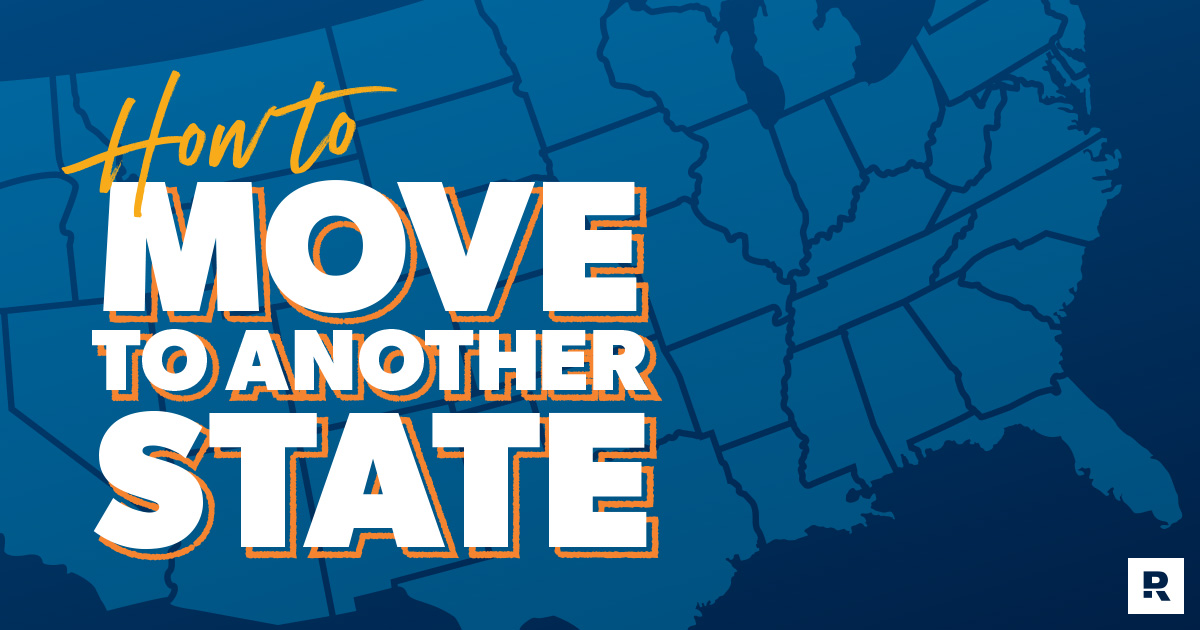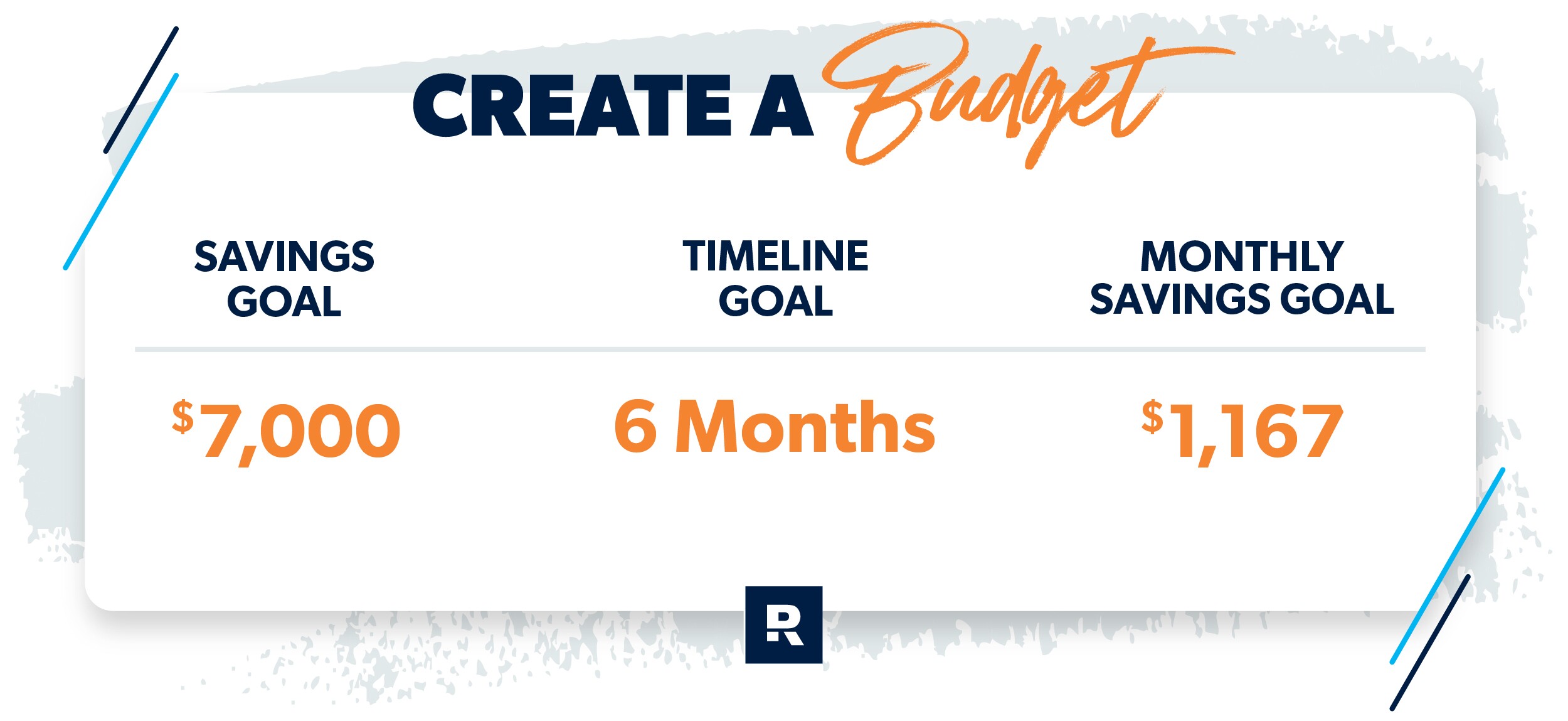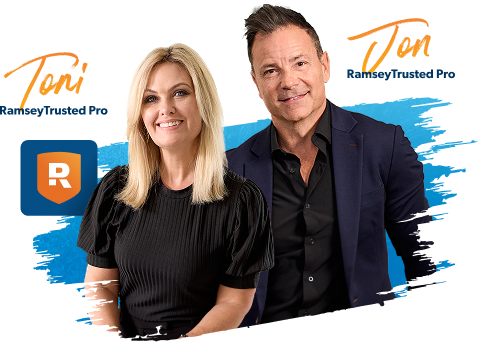How to Move to Another State
13 Min Read | Mar 21, 2025

If you’re planning to move to another state in the near future, chances are you’re feeling mixed emotions. On one hand, you’re probably super excited about your upcoming adventure—maybe you have a cool new job, or you may be moving to your dream retirement destination.
On the other hand, you may be a bit nervous. Change is never easy, and the process of moving to a different state can feel overwhelming. That’s why we’re going to go over the seven steps you need to take to make sure your move goes smoothly.
These steps may not make your upcoming move to a different state feel like a breeze, but they will give you a clear plan to follow—and having a plan will take some of the weight off your shoulders so you can breathe a little easier. Let’s hop in!
How to Move to Another State: 7 Steps
Step 1: Research Your New Home
Whether you know exactly where you want to move or you need to narrow down the options, channel your inner detective and do some research to see if your expectations line up with reality. Consider things like:
- Commute times: It might seem minor, but if you know where you’ll be working or spots you’ll be frequenting, figuring out commute times will help narrow down the right neighborhoods for you.
- Schools: If you’ve got school-aged kids, this is a big one. Check out sites like GreatSchools.org that can give you hyper-local insight into schools and school districts’ ratings and test scores.
- Crime rates: Yeah, this isn’t exactly a fun one. But it’s important. Even just a quick search of crime stats on a site like FBI.gov can provide some handy guidance—especially if you’re moving to another state.
- Cost of living: Even if everything else seems perfect, your new city still won’t be a fit for you if you can’t afford it. Use our free cost of living calculator to see how your monthly expenses would change and if a move there is possible with your income.
You’ll want to wrap up your research by visiting your top contender in-person. Get the lay of the land, talk to locals and pretend you live there. Even if you’re not ready to start looking at houses, contact a local real estate agent for tips on which neighborhoods to focus your time on. Ask them about the local market and get their insight into how to move to another state from where you’re at.
Buy or Sell Your Home This Spring With Confidence
Now is a great time to buy or sell your home. Get ahead of the competition with help from a pro who’ll fight for you to get the best deal.
Step 2: Get a New Job
Now, you very well may already have a job lined up in your new state—it may even be the whole reason you’re moving. If that’s you, you can skip this step. You’ve already taken care of it!
Find expert agents to help you buy your home.
If not, you’ll need to get a job before you hit the road (unless you’re retired, of course). You don’t want to wing it and “hope for the best” when you arrive in your new state—that’s a recipe for financial disaster. To make sure you don’t wind up in that situation, here are some tips to help you find a new job.
- Start with what you have skill and experience in. What are your talents? What skills can you bring to a workplace? And what type of work have you done before? Answering those questions will lead you to the kinds of jobs you should be applying to.
- Update your resumé and customize it. If it’s been a while since you last applied for a job, odds are your resumé needs a refresher. So, make sure your experience and skills are updated. You should also customize your resumé for each job you apply for, making sure it’s connected to that specific company’s mission and the role you’d be working in.
- Begin building a network in your new state. In order to do work you love, you need to be around people who are doing it and in places where it’s happening. That means you need to make real connections and build genuine relationships with others in your desired field of work. Even though you aren’t living there yet, you can still begin the process of doing that in your new state. Get online and start making personal connections!
Step 3: Organize Your Move
Next, you’ll need to organize your move. During this step, you’ll have an important decision to make: Should you hire a moving company, or should you pack up a truck and do it yourself? Or maybe you want to go for one of those moving containers that gets dropped off in your driveway and then picked back up once you’ve loaded it.
Whether you want to go easy on your budget or easy on your back, you’ve definitely got options when planning how you’ll move your stuff to another state. Let’s take a look at the three most common:
- Professional movers: Hiring a full-service moving company to help you move more than 400 miles can cost around $4,800.1 Yep—this is the most expensive option for a long-distance move, but it’s the one that would involve the least work for you. If you want to go that route, talk to an insurance pro to make sure you have the right coverage for your stuff while it’s on the road, and see if you can get the moving company to keep your items on one truck to lower the odds of anything getting broken or lost.
- Moving container: These are the big rectangular storage units a moving container company drops off at your place. You load it up with all your stuff, then they pick up the container, put it on a truck, and drop it off at your new address.
- Do-it-yourself move: The cheapest moving option is to rent a truck, load it yourself (or with a little help from your friends), and drive it to your new house in your new city. But it still isn’t cheap when you’re making a long-distance move to a new state: DIY moves of more than 400 miles can cost $1,200–2,100.2 The price you pay will depend on how big of a truck you’ll need, how far you’re moving, how many days you’ll need the truck, how much gas you’ll use, and how much you’ll spend on lodging during your trip.
So, which moving option should you choose? There are a lot of moving options out there, but the best way to move out of state is the way that’s right for your budget and your peace of mind.
Keep in mind that, no matter which route you choose, you’ll also need to find a way to get your car (or cars) to your new home. You can tow one of them behind your truck—but some people aren’t comfortable driving a big truck, let alone one with a car hitched to the back. You can pay to ship your car, but be sure to budget for it. It’ll boost your moving costs by $1,100 on average.3
Your Guide to Making Smart Moves to a New City
Follow our simple, step-by-step plan for a smooth relocation process so you can settle into your new city with confidence.
Step 4: Create a Budget
When you’re just moving across town, you may be able to get away with only spending $25 on some pizzas as a bribe for your friends to help you move your stuff. But like we just saw, your costs likely won’t be quite so cheap when you’re moving states.
So, once you organize your move and get a ballpark estimate of how much the plan you choose will cost, you’ll need to create a moving budget. That way, you’ll stay on track with your financial goals.
To make a moving budget, ask yourself these three questions . . .
- How much will your move cost? Do some research and make as close of an estimate as possible. You’ll need to account for the moving costs we went over in the last section and real estate expenses if you’ll be selling or buying a home. If you’re buying, you’ll need to make sure you save enough to cover closing costs (3–4% of the sale price), a strong down payment (preferably 20%), and the cost of your real estate agent.
- When do you plan to move? Hopefully, you’ll have several months to prepare for such a lengthy move. Either way, you’ll need to decide on a goal for when you hit the road and write it down.
- How much will you need to save each month? Divide your savings goal by the number of months you’ll have to save, and that’ll give you the amount you need to save each month to reach your goal. Here’s an example:

Once you know how much you’ll need to start saving every month, you can add that amount to your monthly budget. If you’re struggling to fit it in, you may need to temporarily cut back on spending or increase your income.
Here's A Tip
The free EveryDollar app is a great place to keep track of your budget while you’re saving for your move. It’s a lot easier than making a bunch of complicated spreadsheets.
Step 5: Make a Plan for Housing
Up next, it’s time to figure out your living arrangements. Navigating this step will look different depending on if you’re planning to rent or buy a house, so let’s go over each one individually.
If you’re planning to rent a house or apartment, you’ll need to figure out when your current lease is set to run out and whether you’ll have to end it early. Ending your lease early usually results in a fee, so you’ll want to make sure you know exactly how much that fee would be so you can add it to your budget. Then, you can start searching for apartments (or houses) in your new city and sign a new lease.
Renting is a good idea if you’re moving to an area you’re mostly unfamiliar with—even if you were a homeowner in your previous city. Take a year to get the lay of the land and figure out which part of town makes the most sense for you to live in.
But if you are planning to buy a house—maybe because you’re moving to a state you know well or you’ve got family in the area—the most important thing to remember is that you should never buy a house before selling your old one.
Now, if you’re moving to another state and buying your first home, you won’t have to worry about that. But if you do already own a home, you need to sell it before buying a new one—you don’t want to end up with two house payments.
So, how do you go about buying and selling a house at the same time? Plan a timeline for buying and selling, get your house ready to sell, put your home on the market and sell it, make a plan to fill the time gap between buying and selling (maybe by renting on a short-term lease or living with family) and, finally, buy your new home.
That process is simple to explain, but it’s trickier to navigate. That’s why you need to hire a top-notch real estate agent who can work with you to make sure the timeline works out as smoothly as possible. A good agent will also help you navigate complicated paperwork, guide you to make the right offer, and help you find the best house for your situation and budget.
The way to find an agent is using our RamseyTrusted program. We’ll connect you with 1–3 high-performing agents who are experts in the area you’re looking to buy in. Our team vets RamseyTrusted agents to make sure they’ll serve you with excellence and help you achieve your goals.
Connect with a RamseyTrusted agent today!
Step 6: Update Legal Records (and Some Other Stuff)
Once you plan your move and you know where you’re going to live, it’s time to announce your new address to the world! Okay, maybe don’t go on Facebook and give the entire internet a permanent record of how to find you. But you do need to make some phone calls so important legal records get updated and other key companies know where you’ll be living.
- Update your driver’s license. Everyone loves an excuse to go to the DMV! (Okay, maybe not . . . ) But seriously, you will need to bite that bullet and get an updated license when you arrive in your new state.
- Transfer your utilities. Make sure the utilities at your old house get turned off as soon as you leave. Account for cable, electricity, gas, internet, trash collection and water. Then, make sure the utilities at your new house get turned on as soon as you move in.
- Forward your mail. You don’t want Nana’s birthday card going to your old address. Make sure the post office knows you’re on the move.
- Call the IRS. Make sure to tell the IRS you've changed your address, especially if you’re waiting on a tax return. You also may need to file a partial-year income tax return in your old state. If things get tricky with taxes as you relocate, connect with a RamseyTrusted tax pro—they’ll guide you through the process and take some of the weight off your shoulders.
- Register to vote. You’ll need to update your voter registration if you want to cast a ballot in your new state.
- Call your doctor(s). Even though you won’t be going to their offices anymore, you still need to give your new address to all the medical professionals you visit. This includes your primary care physician, dentist, eye doctor and even your vet.
You also need to call your bank, cell phone service provider and any insurance companies you have a policy with to give them your updated address.
Step 7: Move!
Okay, let’s recap the first six steps: You’ve researched and visited your new home, lined up a job, created a moving budget, figured out your housing situation, planned the move itself, and updated your address. Once you’ve done all that, it’s time to pack up your stuff and hit the road!
If you want to make things easier, go through your house before hand and do a round of decluttering. Not only will it lighten your load on moving day, but you may also find stuff you can sell online or at a garage sale to make some extra cash.
Worried you’ll forget something along the way? We’ve got a handy moving checklist that’ll make sure you don’t skip anything important.
Moving to another state is never easy, but following these steps will make it a lot less stressful—and you’ll keep your money goals intact.
Don’t Move Without an Agent!
If you’ll be buying or selling a house when you move, don’t do it alone! Use a high-performing RamseyTrusted real estate agent who can help you navigate the process. Trust us: They’ll earn every penny of their commission.
Connect With a ProDid you find this article helpful? Share it!

We Hear You!
We’re considering adding the ability to save articles to your Ramsey account.




